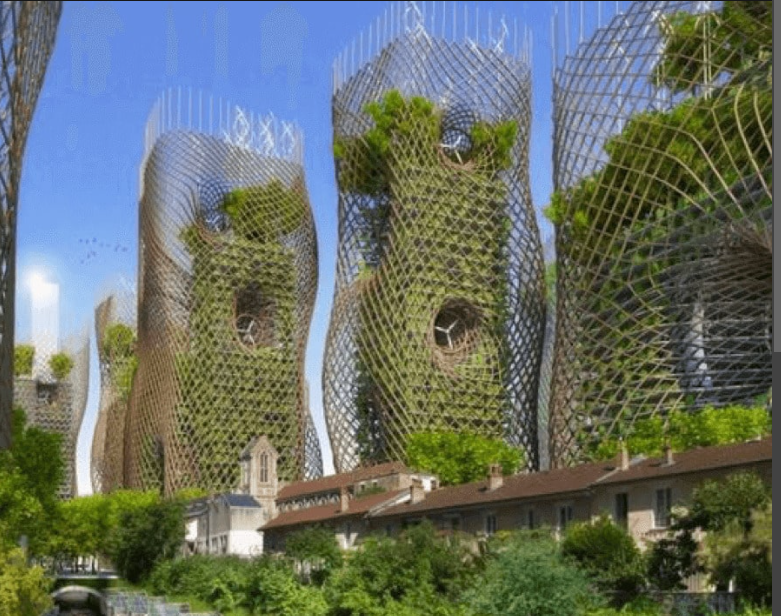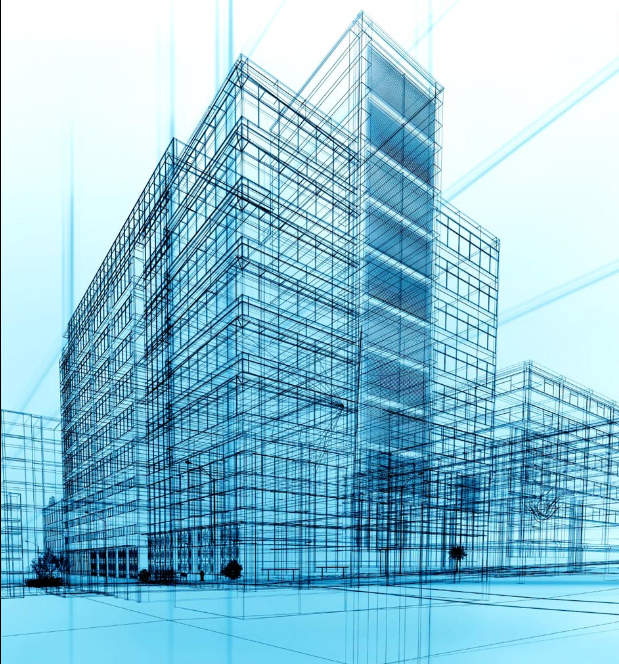Architectural technologies continue to evolve and transform the way buildings are designed, constructed, and experienced. With advancements in digital tools, materials science, and construction techniques, architects are harnessing transformative technologies to create buildings that are intelligent, sustainable, and responsive to the needs of inhabitants and the environment. From smart materials to digital fabrication, the integration of cutting-edge technologies is shaping the future of architectural design and construction, offering innovative solutions to address the complex challenges of the 21st century. Let’s explore some of the transformative architectural technologies that are driving the evolution of the built environment.

Digital Fabrication and 3D Printing
Digital fabrication technologies, including 3D printing and robotic manufacturing, are revolutionizing the way buildings are constructed. These technologies enable architects to create complex and customized components, reduce waste, and streamline the construction process, leading to more efficient and high-performance structures. Additionally, 3D printing allows for the creation of intricate and sustainable building components, opening up new possibilities for architectural design.
Building Information Modeling (BIM)
BIM has transformed the way architectural projects are planned, designed, and managed. This sophisticated digital modeling tool allows architects, engineers, and contractors to collaborate in a virtual environment, enabling the visualization, analysis, and simulation of building designs. BIM facilitates better coordination, improved efficiency, and the integration of sustainable design principles from the early stages of a project.
Smart Materials and Nanotechnology
The development of smart materials, such as self-healing concrete, responsive facades, and energy-efficient coatings, is empowering architects to create buildings that can adapt to environmental conditions, reduce maintenance requirements, and enhance energy performance. Nanotechnology is also being leveraged to develop advanced building materials with improved strength, durability, and environmental benefits.
Internet of Things (IoT) and Building Automation
IoT technology is reshaping the way buildings are operated and managed. By integrating sensors, actuators, and smart devices, architects can design intelligent, connected environments that optimize energy usage, monitor indoor air quality, and enhance occupant comfort and well-being. Building automation systems enable the efficient control of lighting, HVAC, security, and other building systems, contributing to energy savings and sustainability.
Augmented Reality and Virtual Reality
AR and VR technologies are reshaping the architectural design process, allowing architects to create immersive virtual experiences that enable clients and stakeholders to visualize and interact with designs before they are built. These technologies support better decision-making, design validation, and public engagement, enhancing the communication and understanding of architectural concepts.
Sustainable Design and Energy Modeling
Advanced computational tools for energy modeling and simulation enable architects to analyze and optimize the energy performance of buildings. By simulating the environmental impact, daylighting, and thermal comfort of a building design, architects can integrate sustainable design principles and achieve higher levels of energy efficiency.
Parametric and Generative Design
Parametric and generative design tools allow architects to create complex, data-driven designs that respond to performance criteria and environmental constraints. These tools support the exploration of innovative forms, structures, and design solutions, facilitating the realization of more efficient and responsive buildings.
In conclusion, transformative architectural technologies are reshaping the future of the built environment, offering architects innovative tools to create intelligent, sustainable, and resilient structures. By leveraging digital fabrication, smart materials, building automation, and advanced design tools, architects are advancing the possibilities for architectural innovation, environmental stewardship, and the creation of buildings that respond to the dynamic challenges of the modern era. As these technologies continue to evolve, their integration is expected to drive a new era of architectural excellence and sustainability.
